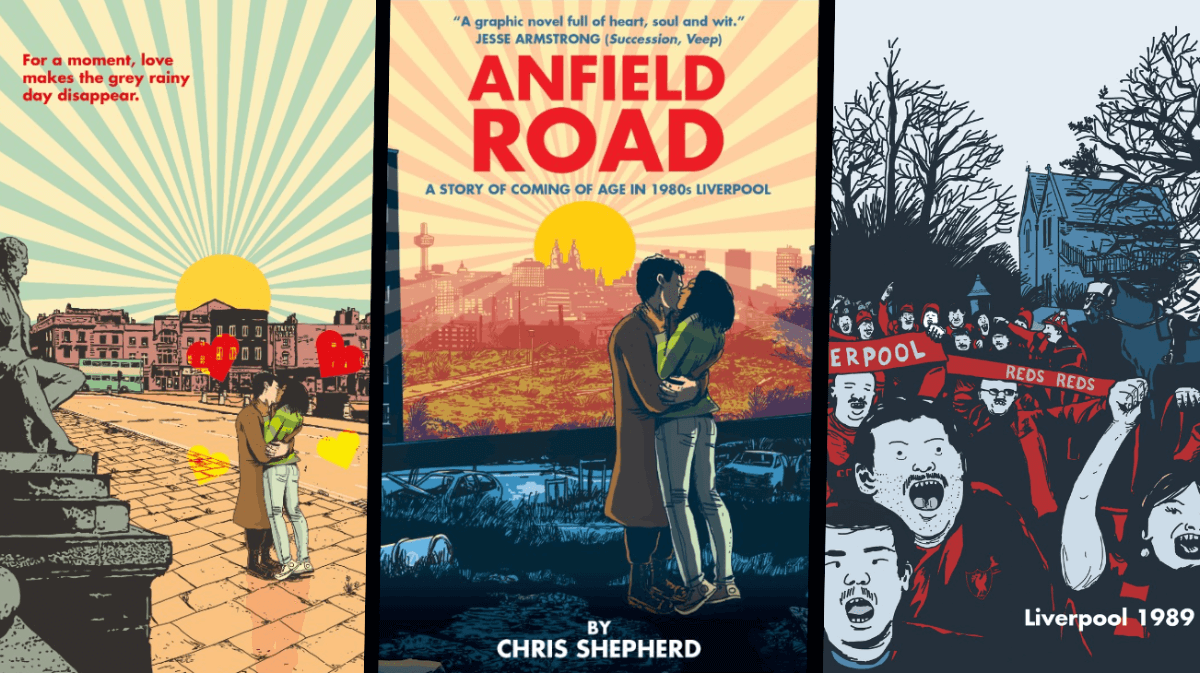
We recently had the opportunity to chat with Chris Shepherd, the creator of Anfield Road — a beautiful, coming-of-age comic about a teenager growing up in Liverpool in 1989.
When I picked up Chris Shepherd’s debut graphic novel Anfield Road, I was instantly captivated. Through his exquisite artwork, the book transported me back to Liverpool in the 1980s, immersing me in the unique atmosphere of the era.
The comic follows teenager Conor Sterling, who grapples with the dilemma of either attending art college in London, or remaining in Liverpool to take care of his ailing, dominating grandmother. And at the same time, he balances his relationship with his girlfriend, Maureen.
Anfield Road is a unique and beautiful coming-of-age book packed with heart. It’ll make you laugh and it’ll break your heart. We recently had the opportunity to catch up with author Chris Shepherd to discuss his debut graphic novel.
Check out our interview:
Comics Bulletin: ‘Anfield Road’ is a stunningly beautiful, poignant, and emotional graphic novel.What inspired you to tell this particular story, and how did you decide on the themes you wanted to explore?
Chris Shepherd: Anfield Road is like an extension of my films, many of which have stories that explore family dynamics. I really wanted to tell a story that captured the City of my youth, the times and the attitudes. But this novel is a fantasy and most of the events in the book never happened.
Liverpool is not just the backdrop of the story; it also feels like an own character in its own right. Your artwork really transports you into the city and the times. I know you’ve featured the city in previous projects — What keeps you coming back to Liverpool?
I’ve been in London longer now than I lived in Liverpool. Yet I still have my accent and whenever I describe myself, I always call Liverpool my home. I can never shake off the city. Formative places really stick in your head. I can remember everything about those days. Every paving slab and brick of every wall. Every fight and kiss. Although when I’m in the Pool these days I feel like a time traveller.
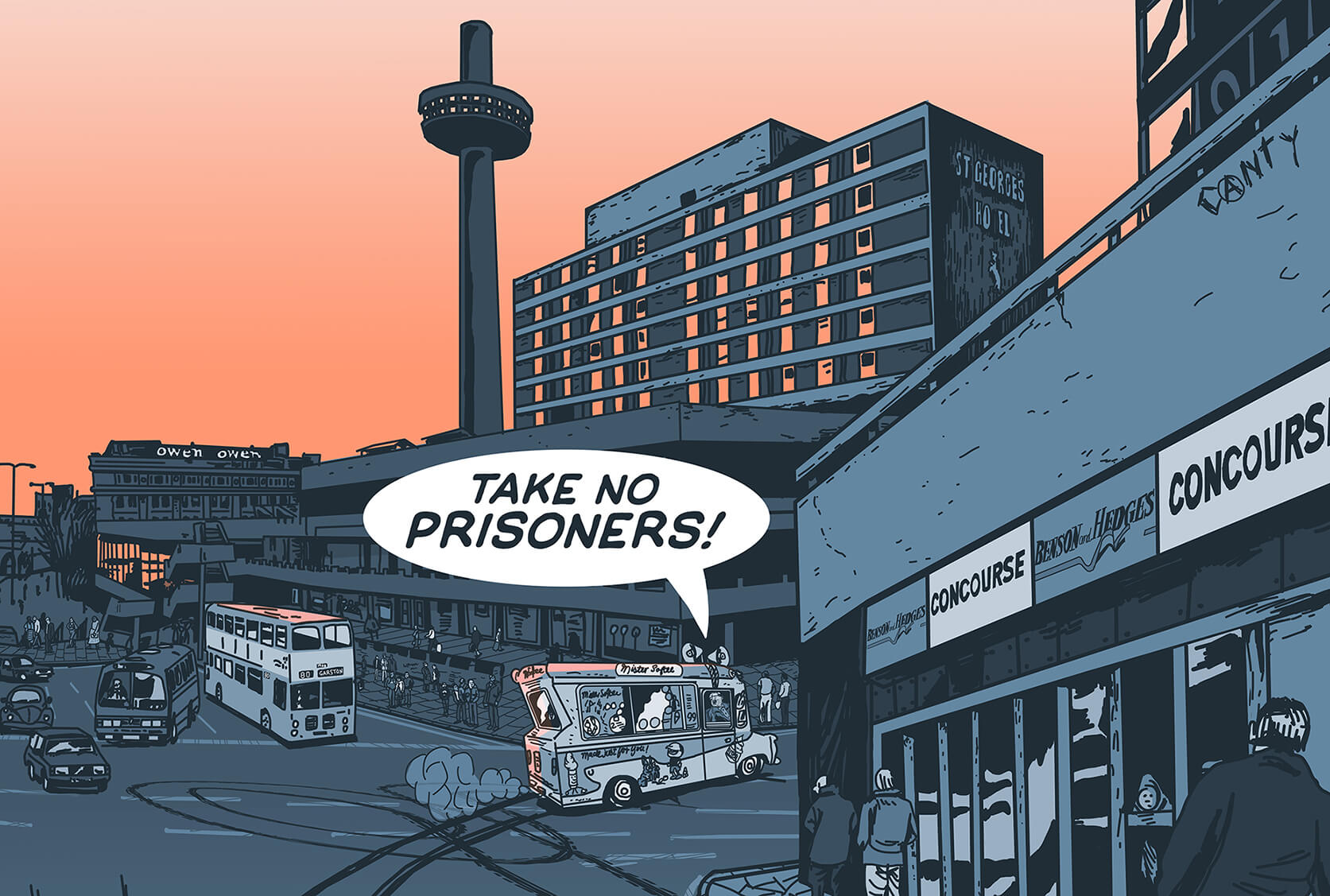
I marvel at how incredible the city is now. So many amazing places, restaurants, galleries and all of the classic pubs. It really is the greatest city in the UK. I would really love to write a book or a film about modern day Liverpool. I might go and do it!
So many of the locations you draw are instantly familiar. When drawing real-life places like Liverpool, do you rely more on memory, photographs, or on-location sketches?
I used all kinds of reference to draw the novel. I took a stack of pictures back in the 80’s which I refered to but I also relied upon my memory. I really loved drawing places that aren’t there anymore. I tried to pick places past as it triggers nostalgia. Since the book was published, I’ve had a lot of people telling stories about the places featured. I just liked showing places that nobody really cares about or remembers. Like LA Slots on Skelhorne Street or the Concourse Café on Lime Street. I liked drinking tea there with the little old guys.
As a filmmaker, how did your background in visual storytelling inform your approach to creating a graphic novel? And what drew you to tell the story as a graphic novel?
I think the book’s narrative flows like a film. I don’t break apart the page layout. Other graphic novelists, like say, Chris Ware, make their pages into beautiful graphic pages which can be read multiple ways. But my book is more linear. Perhaps this is because I have a film mind and it was originally a script. But in the COVID lockdown I thought – I can draw – why not write a graphic novel! I just drew image by image and it grew and grew into a 272 page graphic novel. The great thing is you don’t
need a team to write a book like you do for a film. You can create the world you want. Thanks to Titan for taking it on.
The relationship between Conor and his grandmother is one of the emotional cores of the story. What inspired you to explore this relationship?
I was really interested in how people can be trapped by obligations. It looks like Conor will be trapped by his responsibilities and never fulfil his artistic dreams. There’s lots of people who never quite manage to break free and follow their dreams. I was fascinated by these dilemmas. I’m not going to say what happens in the end of Anfield Road. Your readers will have to buy a copy. Although there’s lots of fun and jokes along the way.
I was particularly impressed by your incorporation of football. The passion for football in Liverpool transcends the sport itself. How does this passion manifest in the characters and their relationships?
The joke of the book is that Conor lives on Anfield Road and yet he doesn’t like football. When I grew up in Liverpool people would say – you live by Anfield! – I’d kill to live there. But I was the arty scouser who liked watching films, playing guitar and drawing pictures. But still the football is in every molecule of the city. Everybody is touched, moved or affected by the game. How could you not tell a story about Liverpool without touching on the football?
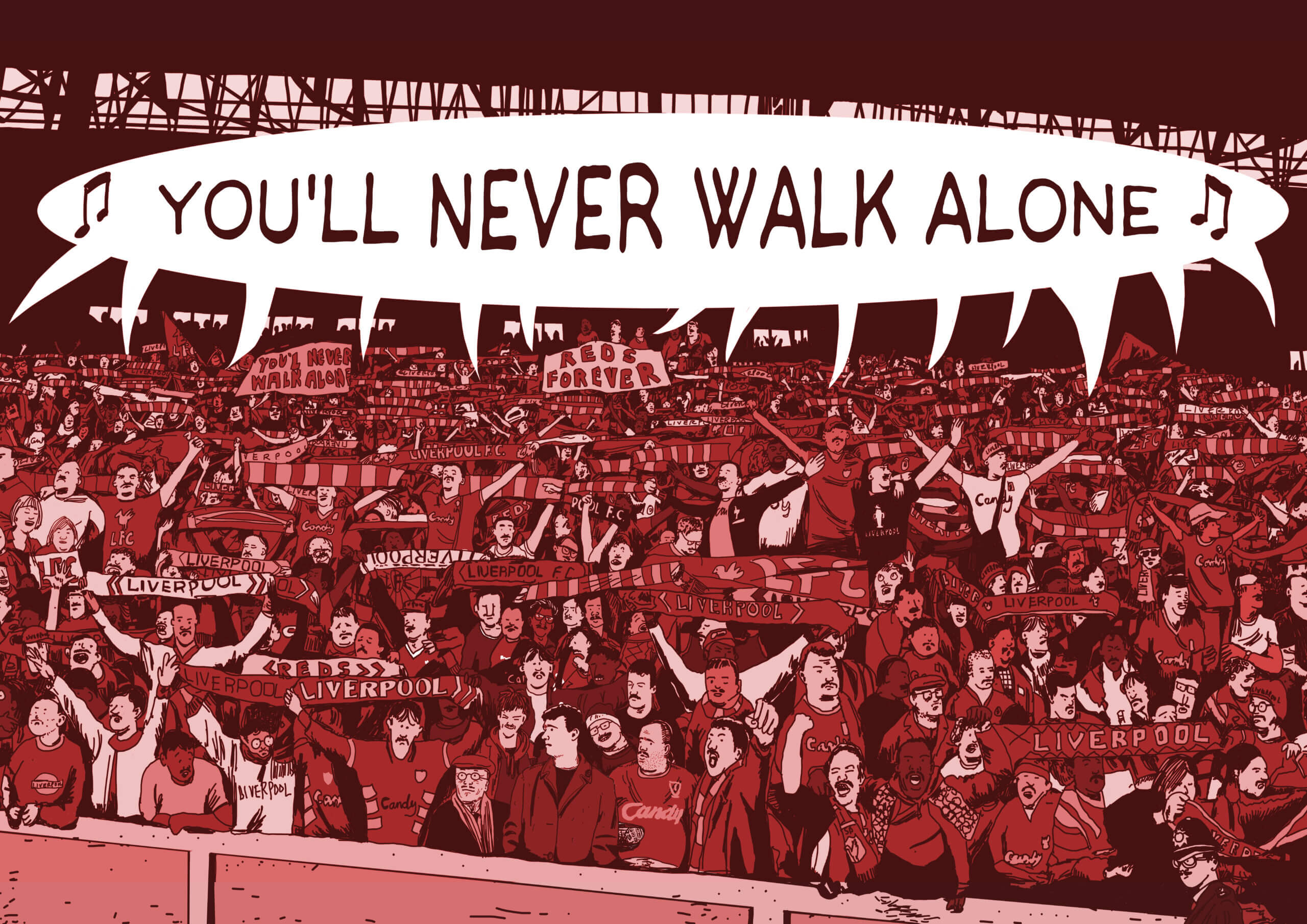
I’m already recommending Anfield Road to my family and friends. How has the local community in Liverpool responded to Anfield Road? What feedback have you received from those who lived through the 1980s in the city?
I’ve had an amazing response. People have really taken it to their hearts. The most incredible thing is when I do live events people come along with photos of where they grew up on Anfield Road. It’s pretty special. A couple of weeks ago someone sent me a picture of a dolls house that their grandad had made. It was an exact replica of a house on Anfield Road. It’s amazing as I really wanted to show the 80s Liverpool that I knew so well – and it really has struck a chord with people. As a kid I was really inspired by Willy Russell’s Our Day Out because it showed my world on screen and I hope it my own way I can put my take of Scouseland out there.
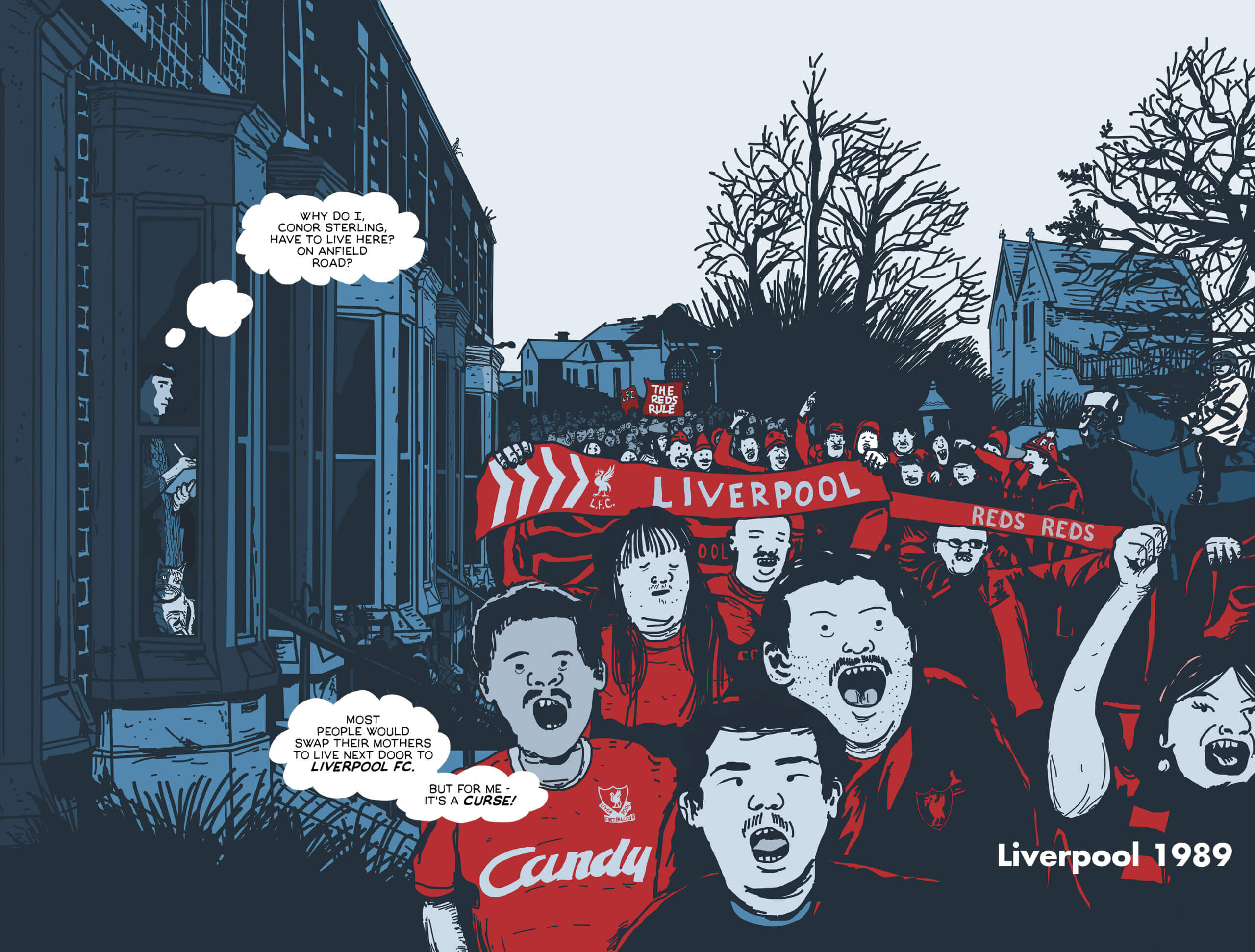
I couldn’t help but think while reading Anfield Road that it would also make a wonderful limited TV series. I know you work in film and TV. Is an adaptation something you would consider?
I’ve had a few people asking me about there being a series. I’d love to see that. It was a script to start with. Although I’ve started writing a sequel set in London. So I’ve been getting fired up by that. It’s early days but I’m conjuring up the big smoke in the Nineties. But I would love to see Anfield Road on screen. So any commissioners – I’m here!
Have you got any upcoming projects in 2025 that you would like to spotlight? Where can our readers expect to see you next?
I’m just working on some more events for Anfield Road and researching a new book. More news when it comes. You can check out everything Anfield Road at https://anfieldroadstory.com.
We thank Chris Shepherd for his time. You can find Anfield Road on Amazon here.

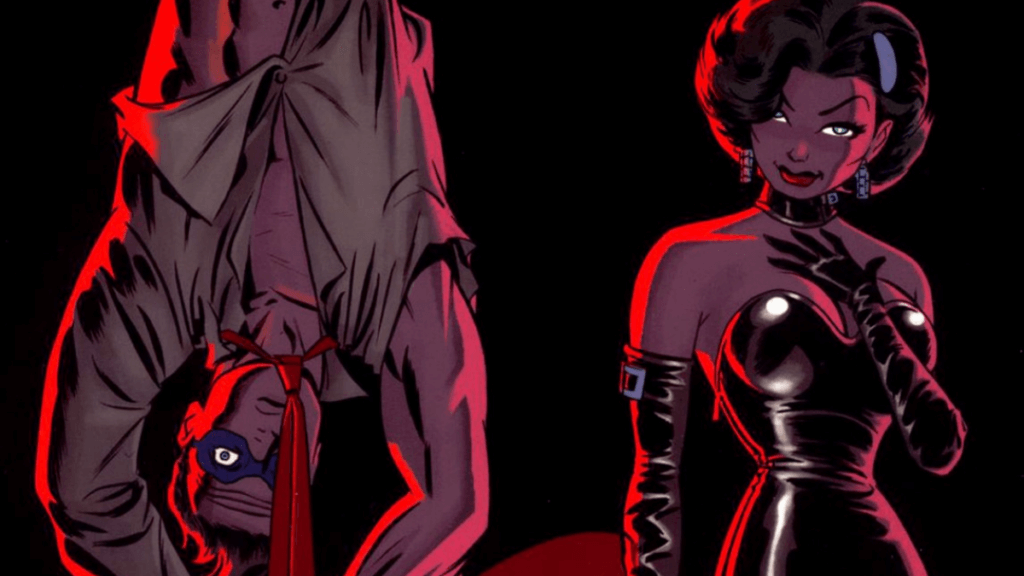
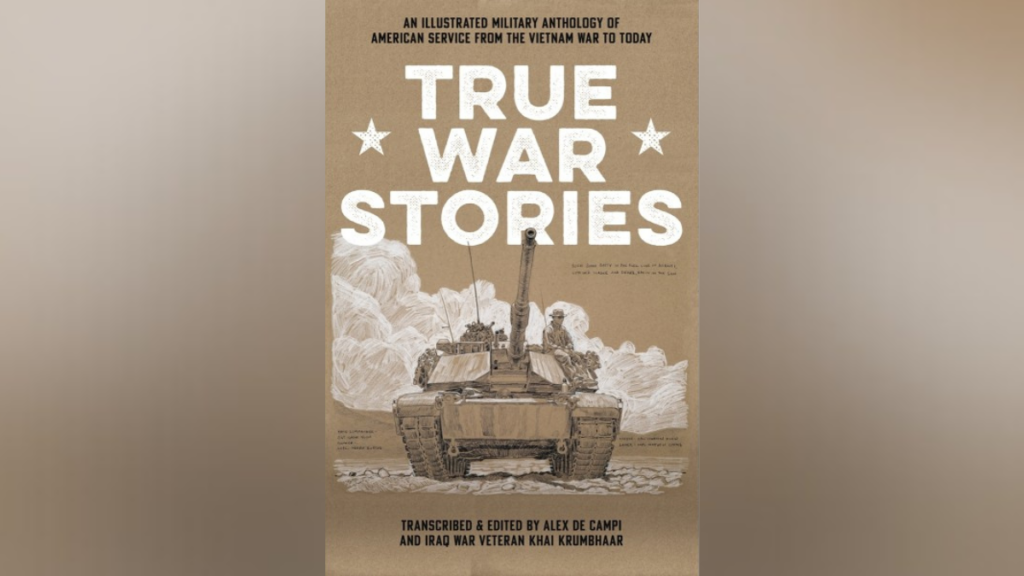
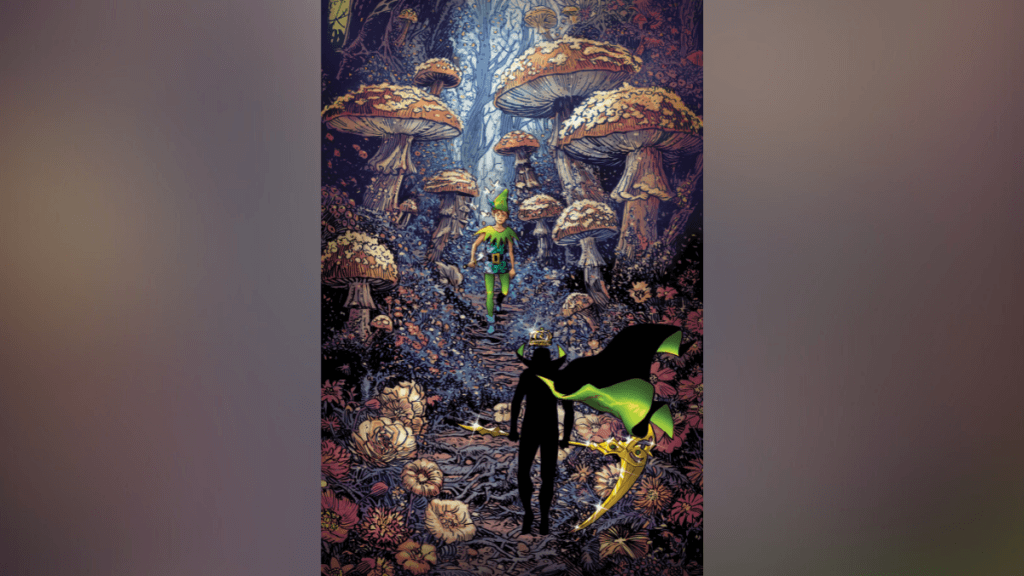
Comments
Comments are closed.